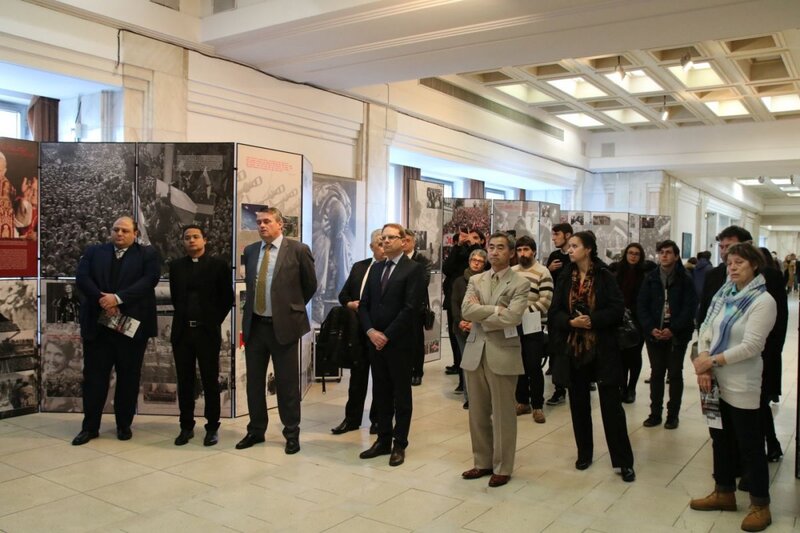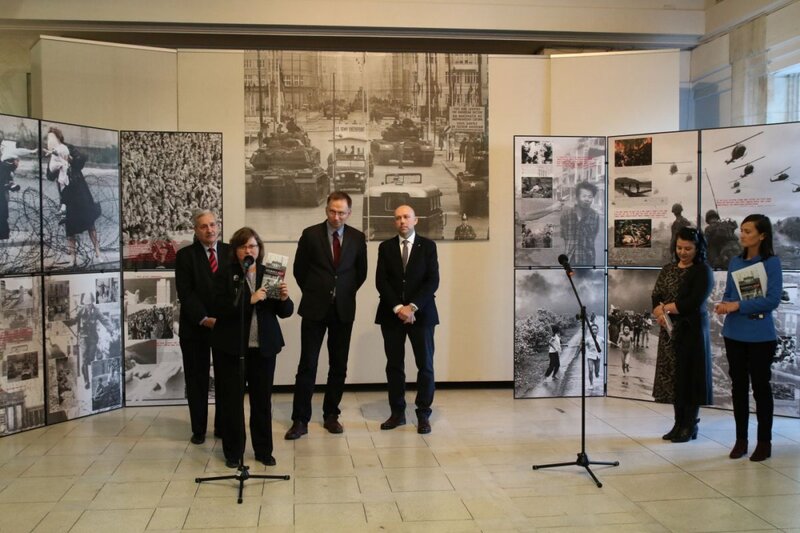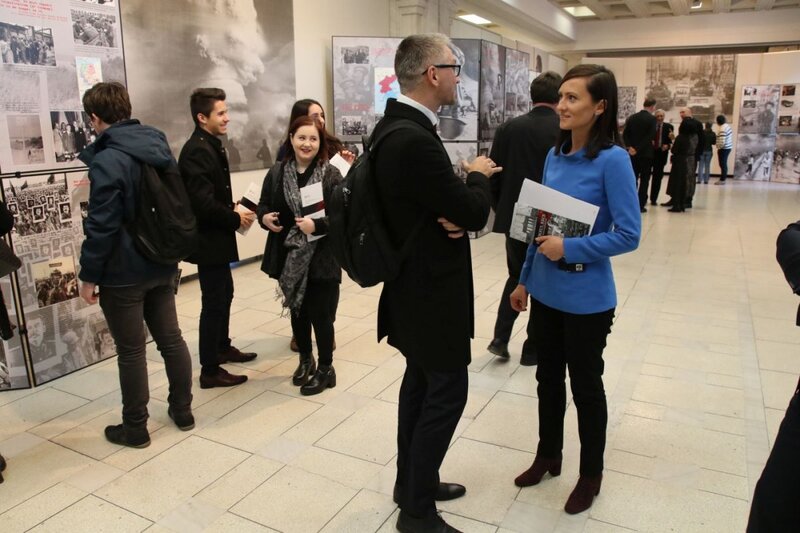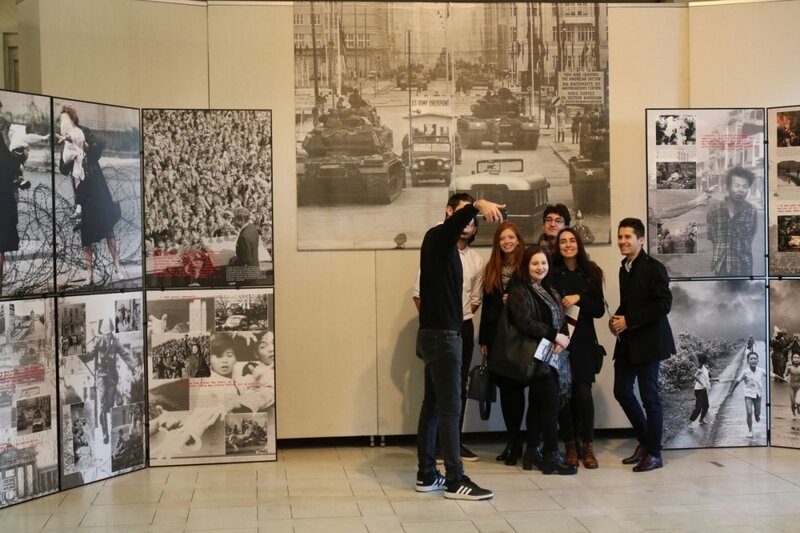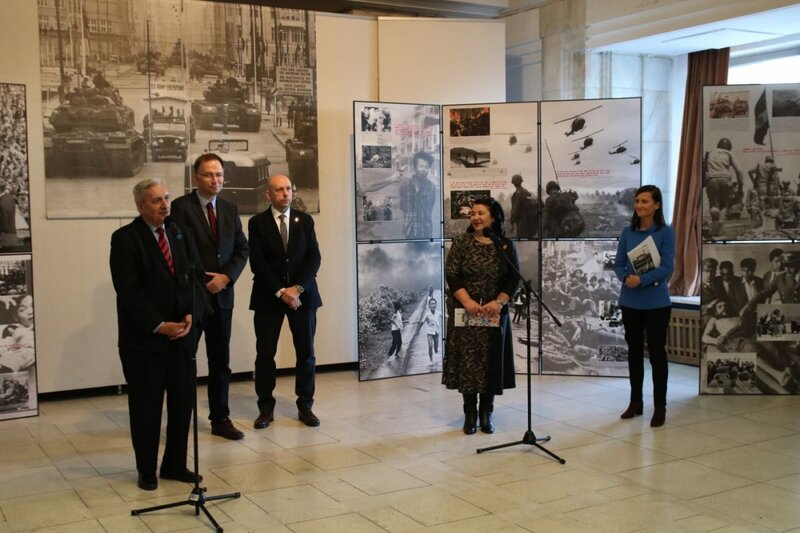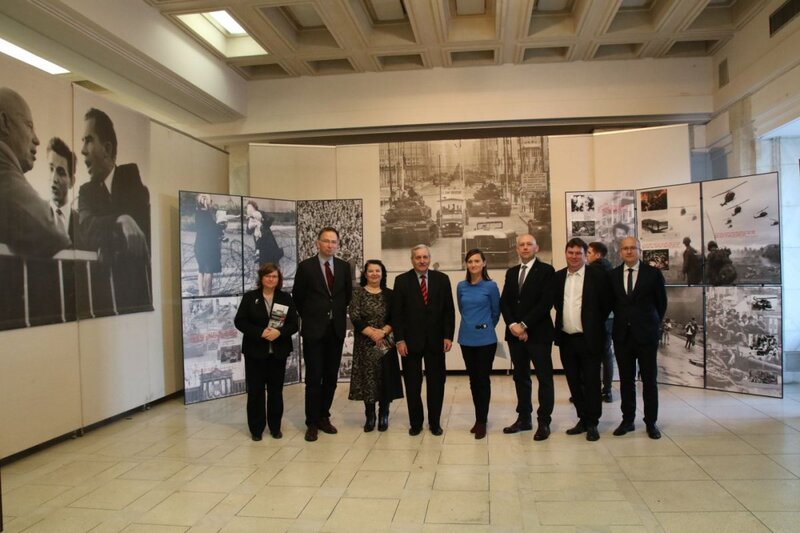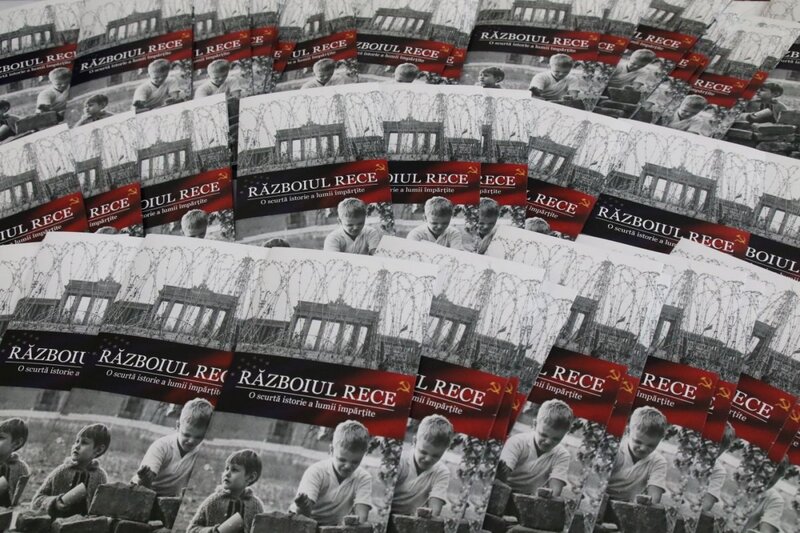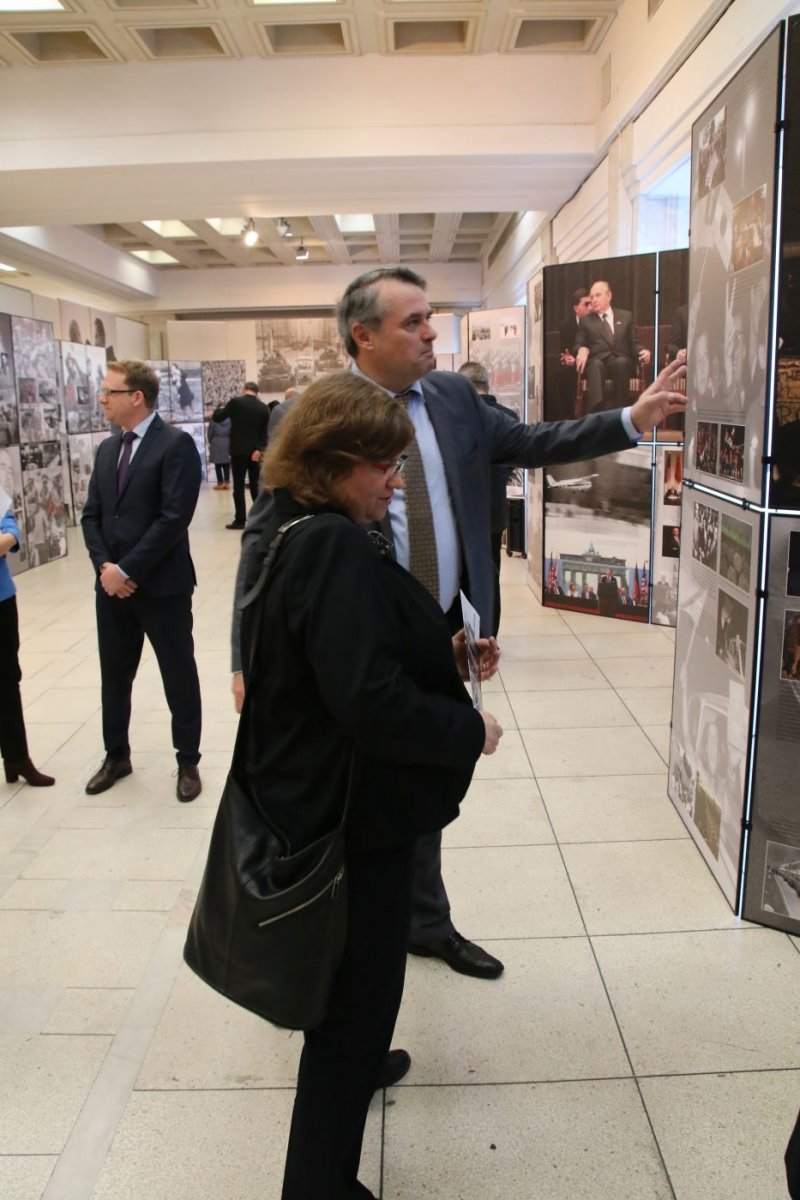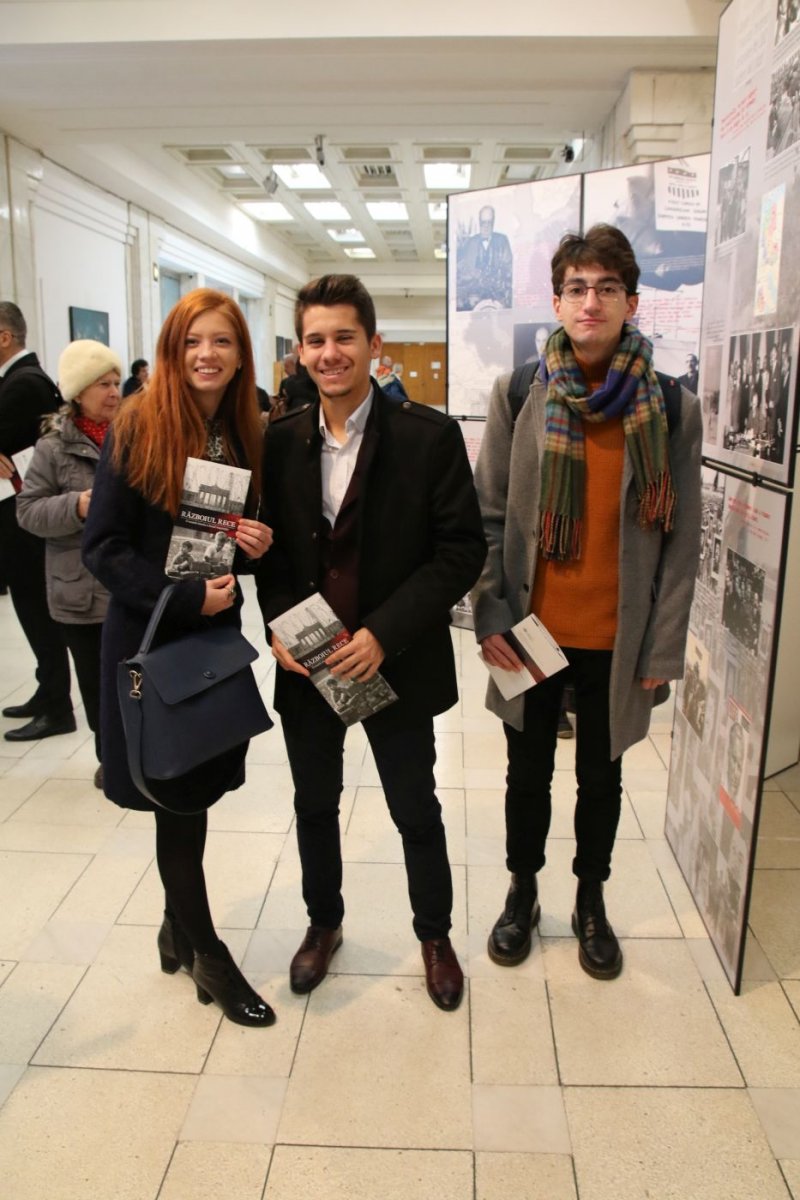The ceremony will be attended by representatives of the Institute of National Remembrance: Prof. Jerzy Eisler, the Director of the IPN Branch in Warsaw and the scientific consultant of the exhibition as well as the authors of the exhibition: Sławomir Stępień (Warsaw Branch of the Institute of National Remembrance) and Dr Paweł Sasanka (IPN’s Historical Research Office).
The event was organized at the invitation and in cooperation with the Polish Institute and the Polish Embassy in Bucharest.
This undertaking is of great significance both because of the location of the exhibition - so important for the history of the Cold War and the 20th century history of Romania, as well as in the broader context - the Polish-Romanian historical dialogue in the perspective of the 30th anniversary of the Autumn of Nations, the process of the collapse of communist rule in the countries of Central and Eastern Europe and the Romanian revolution of 1989.
Due to the very good reception of the exhibition in Romania and thanks to the cooperation between the Institute of National Remembrance in Warsaw, the Polish Institute in Bucharest and Romanian cultural institutions, the exhibition has so far been presented at the Memorial of the Victims of Communism and the Resistance Movement in Sighetu Marmației, the National Museum of Transylvanian History in Cluj-Napoca and the National Museum of the History of Moldova - Palace of Culture (Muzeul de Istorie a Moldovei - Palatul Culturii Iasi) in Jassy. In addition, thanks to the invitation of the Polish Embassy in Chișinău, the exhibition was also presented in the building of the National Library in Chișinău.
“The Cold War. A Brief History of a World Divided” exhibition is an invitation to go back in time and to familiarize oneself with the reality of the conflict, which for nearly half a century since the end of World War II dominated post-war history, influenced the lives of millions of people and shaped the face of today's world. The multifaceted nature of the Cold War confrontation has taken its toll on many different areas of life.
Therefore, the exhibition was given the form of a multi-threaded narrative, consisting of events, phenomena and their various aspects, significant - although sometimes little known or even forgotten - for the course of this conflict. However, the Cold War can be viewed not only through the prism of great politics and US-Soviet rivalry, but also through the fate of individuals.
Photographs often play a key role in the presentation of a given story. Therefore, the exhibition includes not only the famous, iconic photos but also less know ones. The images presented include both those of a documentary nature but also those portraying memorable moments from a subjective point of view, recording human emotions, prompting us to reflect upon those times. Contrary to the belief that "an image is an objective record of events from the past and does not lie," many stories told at the exhibition prove the validity of questions about the objectivity, impartiality and truthfulness of this medium. The more so considering its potential as far as persuading viewers as to what actually happened in a given situation – as it is often said “ A picture is worth more than a thousand words”. While looking at the photos presented at the exhibition and learning about their - often surprising and little-known – history, it is worth remembering that apart from situations in which photography takes on a meaning contrary to the author's intentions, it has often been and is used as a propaganda tool to shape opinions.


